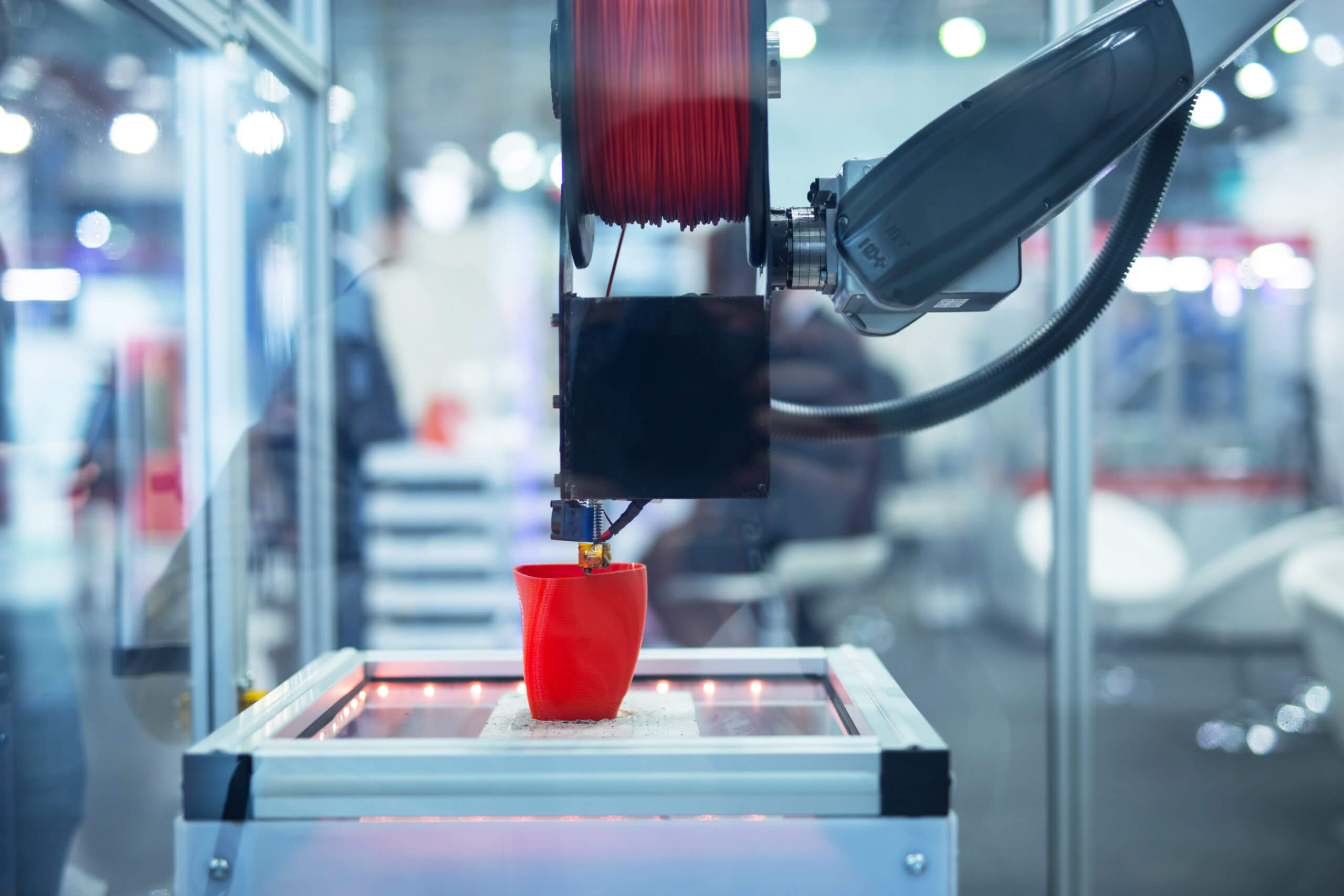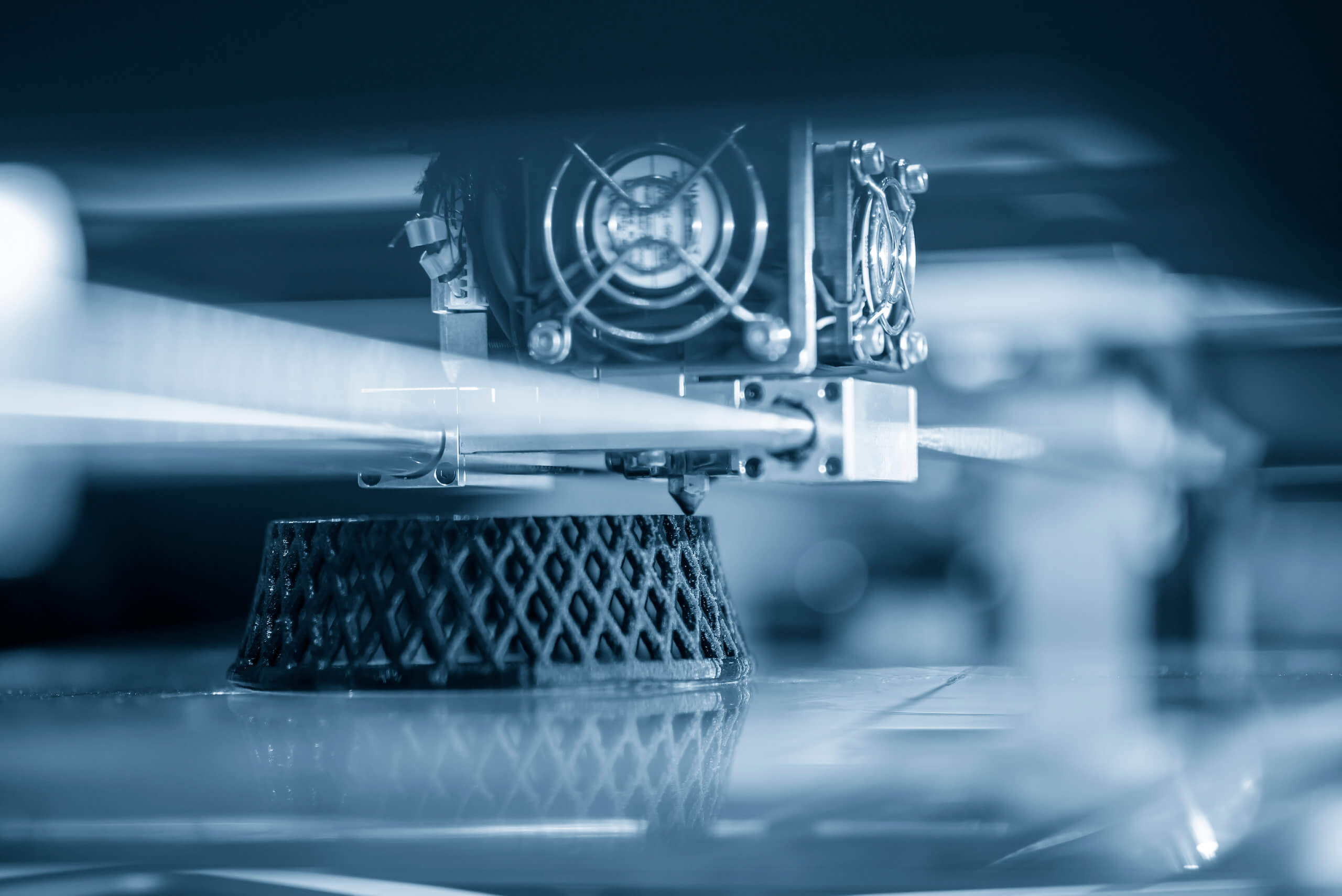3D Printing, or additive manufacturing, is older than most people think. In fact, it has been around since the 1980s! Today we will go over this technology’s exciting history, from its earliest prototypes to today’s use. In this blog post, we will go over the history of 3D printing, from it’s earliest prototype to today!
While the concept of 3D printing has been around since the 70s, the first experiments began in 1981, when Dr. Kodama began research into a rapid prototyping technique. He was the first person to describe the layer-by-layer development that 3D Printing is famous for. Dr. Kodama used SLA (Stereolithography), which is a photosensitive resin that he then polymerized with a UV light. While it is clear that Dr. Kodama was the first to describe, he, unfortunately, did not file the patent in time.
In 1986, an engineer by the name of Charles Hull submitted the first patent for SLA. Two years later he founded the 3D Systems Corporation and released the SLA-1, the first, official, 3D printer.
1988 was a big year for 3D printing technology! That year, along with the founding of 3D Systems Corp, the University of Texas was also dabbling in the fledgling technology. Carl Deckard developed a patent for selective laser sintering (SLS) which is a 3D printing technique in which powder grains are fused together by a laser. At the same time, Stratasys Inc. filed a patent for fused deposition modeling (or FDM).
The 90s had its share of 3D printing innovations. But it wasn’t until the 2000s when 3D printing as we know it really gained traction, especially in the media. 2000 saw the world’s first 3D printed kidney, which put the spotlight on the technology. In 2004, home printers started to become more readily accessible, leading to a boom in the maker community that is still going strong today.
2008 saw the world’s first 3D printed prosthetic limb, 2010 the first 3D printed car. There seemed to be no limit to what this technology could do. And in 2013, then-President Barak Obama included it as a major issue in his State of the Union speech.
3D Printing is continuing to grow and expand, with sights focused on the ability to print in more materials. Today printers can use industrial-strength materials such as PEEK, PTFE, nylon, and even metals. There are also several types of research being done on the subject of 3D Bioprinting, which could completely change the medical industry. There truly is no limit to what this technology can do. We are just beginning to scratch the surface of what 3D printing can do.





 What Are the Benefits of Additive Manufacturing?
What Are the Benefits of Additive Manufacturing?